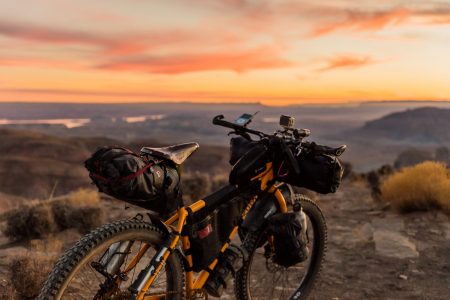Can you retrofit disc brakes on a non-disc bike frame?
Mountain bikers have known for a long time that disc brakes have superior stopping power under adverse conditions over rim brakes. Hydraulic disc brakes will magnify the stopping force of your hands, while disc rotors are better at stopping even in mud, wet, and dirt. The technology is trickling over … Read More


















